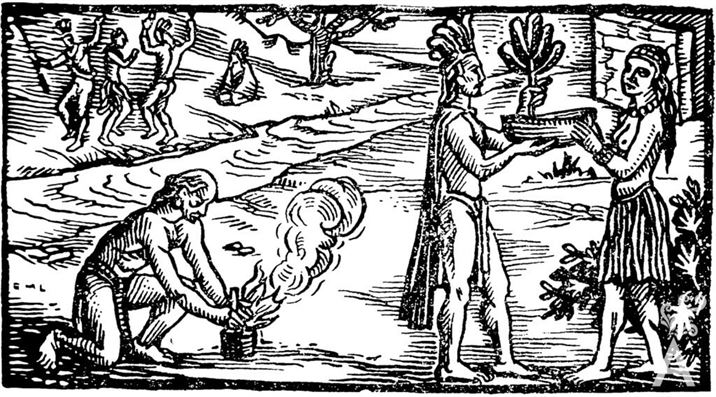Eligio Moisés Coronado Chronicler of the City of La Paz
The Mexican Jesuit Francisco Javier Clavijero wrote the History of Antigua or Baja California, even though he was never in this part of New Spain. His four volumes were based on already published information reported by his colleagues who served as ministers on the California peninsula.
In the chapter of “Marriage,” he tells us how marital relationships among Californians were unique to each region. “When the Guaycuras intended to wed, the girl was sent a tray used for the cleaning and roasting of edible seeds. If she accepted the gift, a fishing net was sent back. The mutual referral and acceptance of the gifts was the marriage contract.”
Father Francisco added that among other nations or tribes “the agreement was made after a grand ball, where the entire tribe of the one who wanted to marry was invited.”
Regarding widows, “they were married, according to a similar Hebrew custom, to the brother or the nearest relative of the deceased husband.”
With respect to adultery, “it was a great felony and an injury that was never left un-avenged and could be the cause of bloody wars. However, the stakeholders were often challenged to a fight or a race, and the woman of the defeated was the prize.”
Father Miguel del Barco, in a part of his book the Natural History and Chronicle of the Old California, writes that among the Pericues, “polygamy or multiplicity of women was common.” Opposition to this custom by the missionaries was, among other reasons, a cause of the great Indian rebellion of 1734-1736.
Del Barco says that women “were guardians of the family’s livelihood and brought, for their husband’s approval, fruits and nuts to keep him happy. A satisfied husband was important. If a woman was expelled, which depended on the whim and fancy of the man, she could not easily find another to take her in. However, the greater number of wives a husband had, the more he was provided for. There was not much evidence of polygamy in other nations. Only few important tribal leaders had two wives. Most of the rest lived with one.”
The Jesuit explained that the indigenous people “had fun and danced at their wedding to seek good fortune on hunts and fishing trips, on the birth of their children, on nature blessing their crops, for victories over their enemies and many other reasons.”
It was also reported that “for these rejoicings, the villages would invite their neighbors and many times challenge each other to fight, race, test their strength and dexterity and compete in archery. These and other entertaining games often resulted in days, nights, weeks and months spent in peace.”






